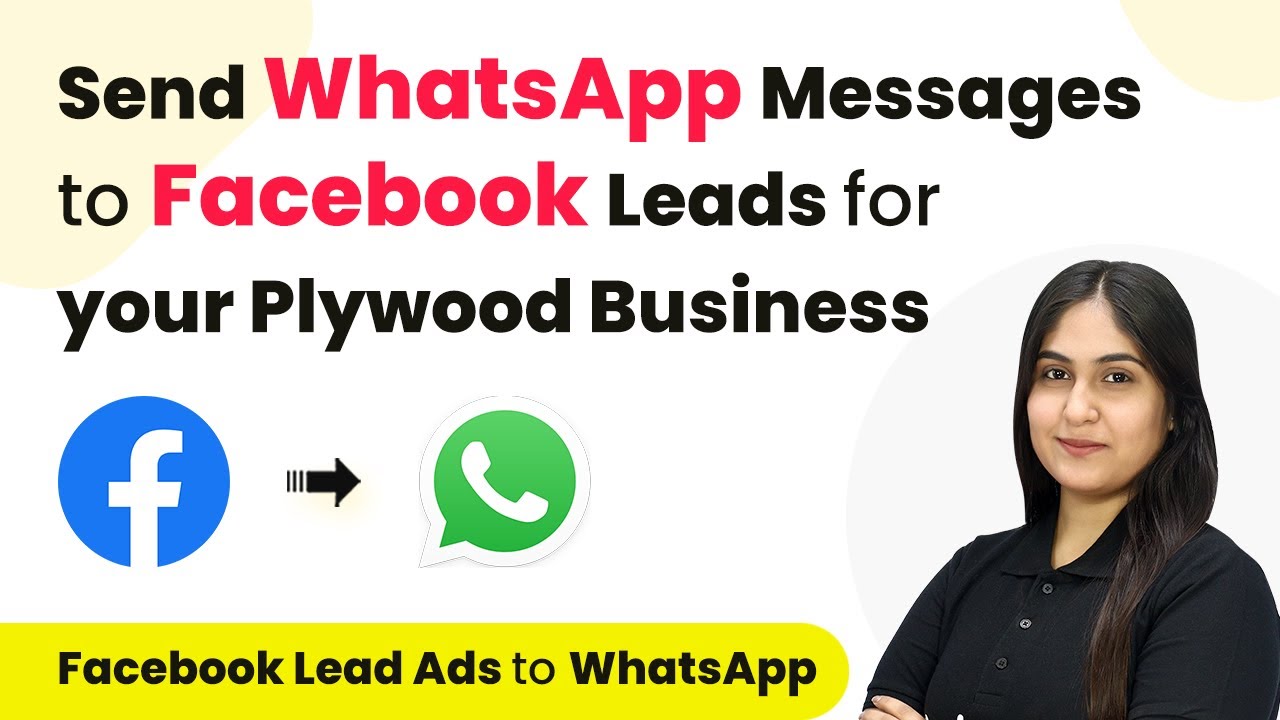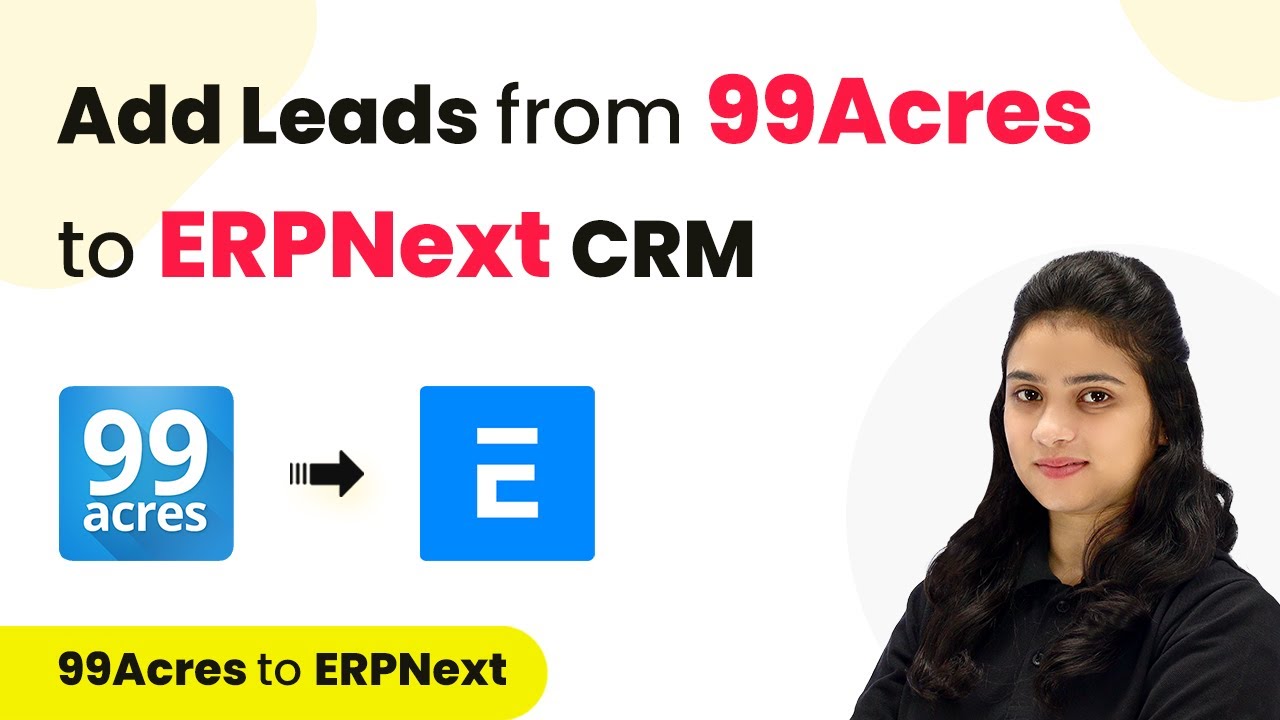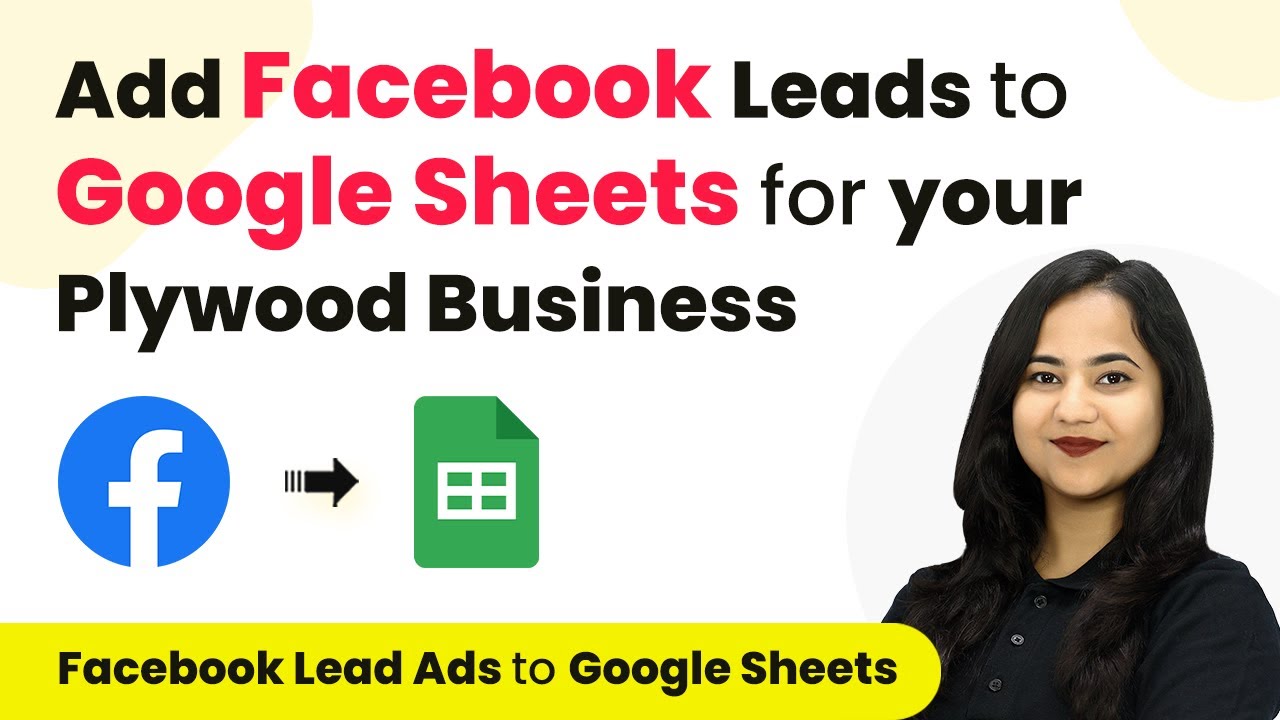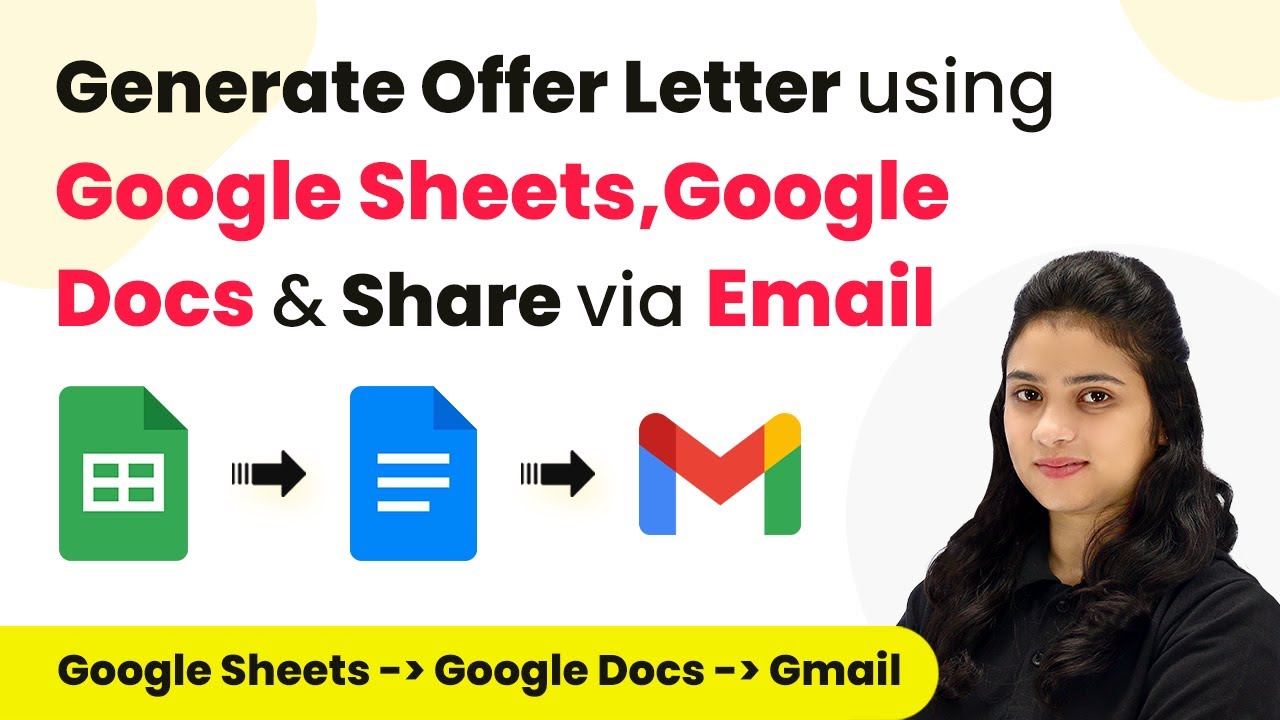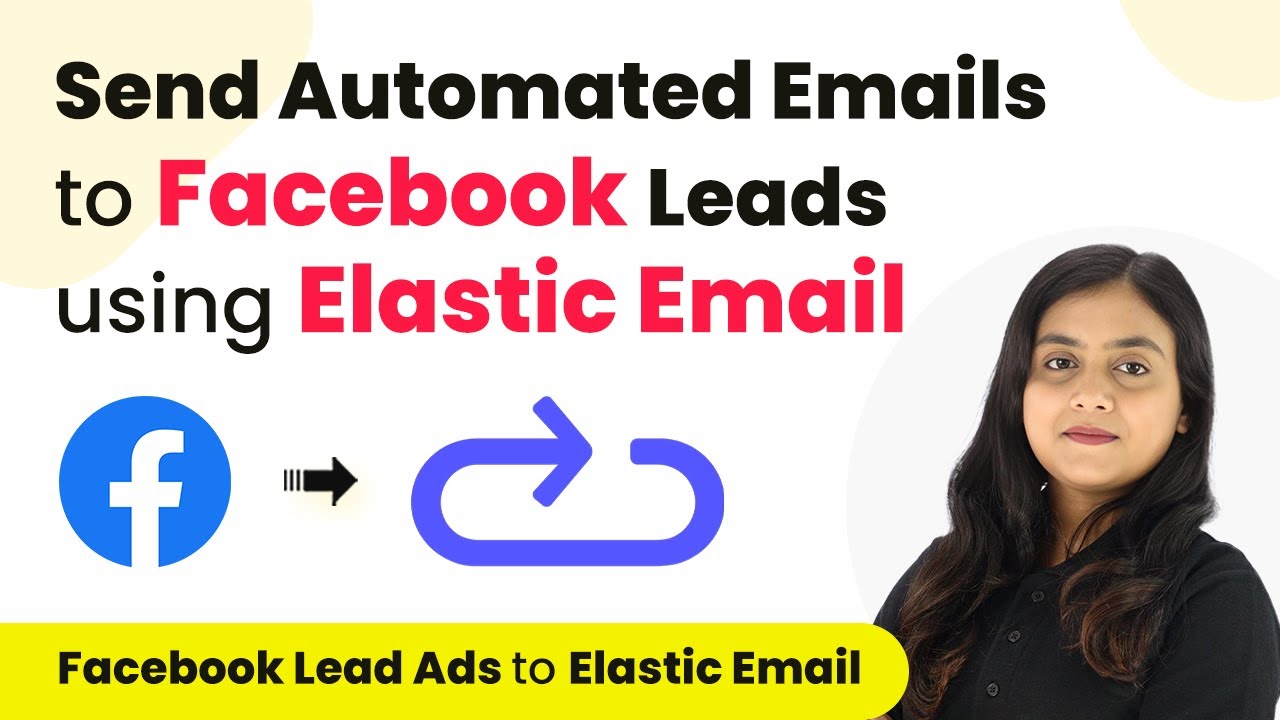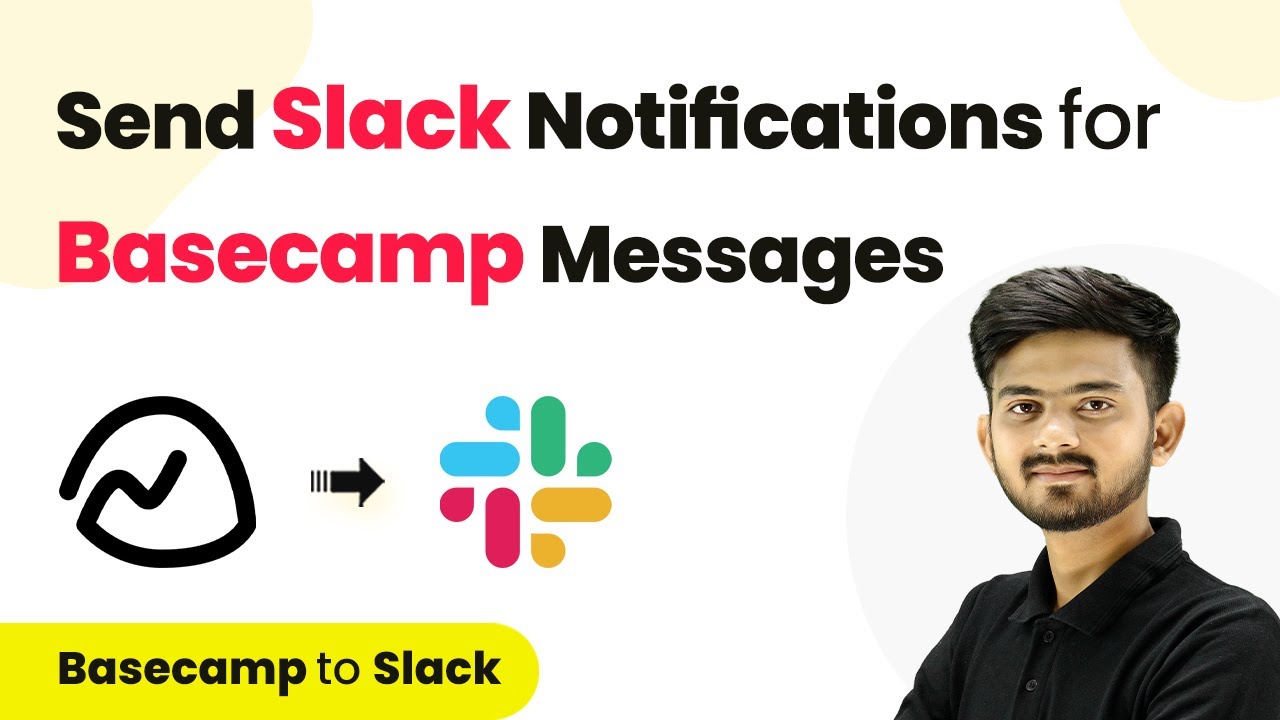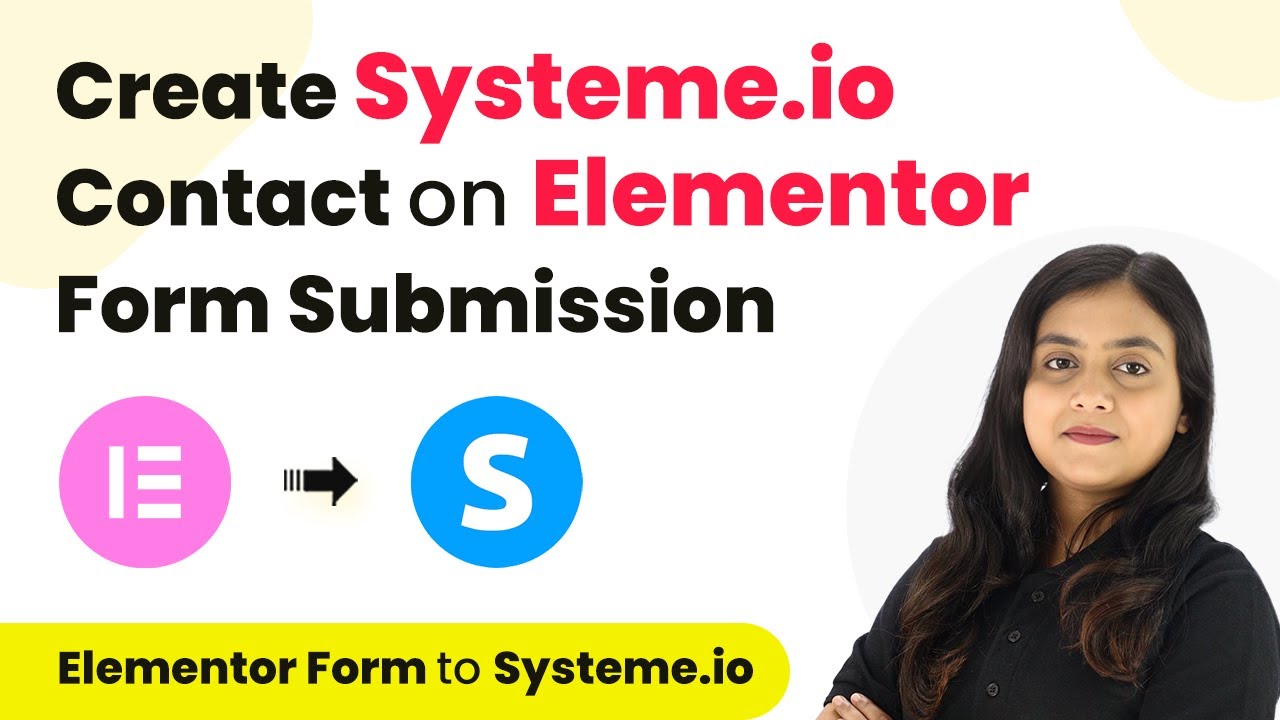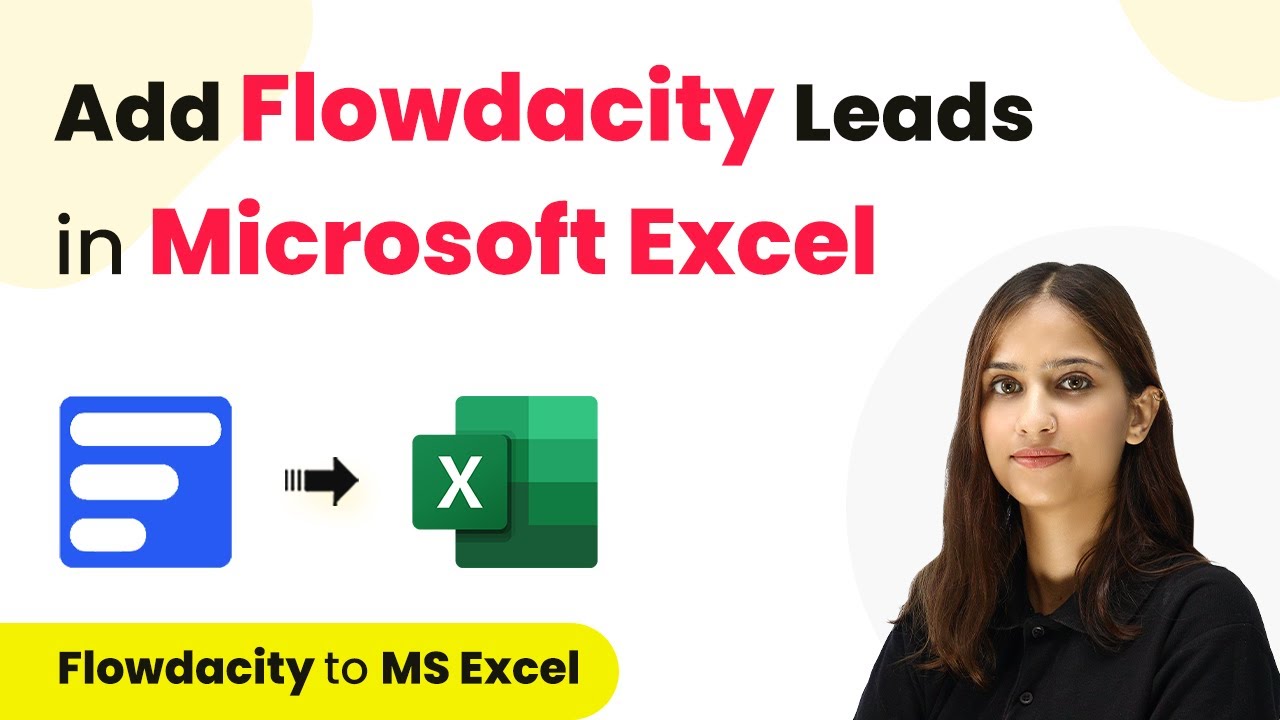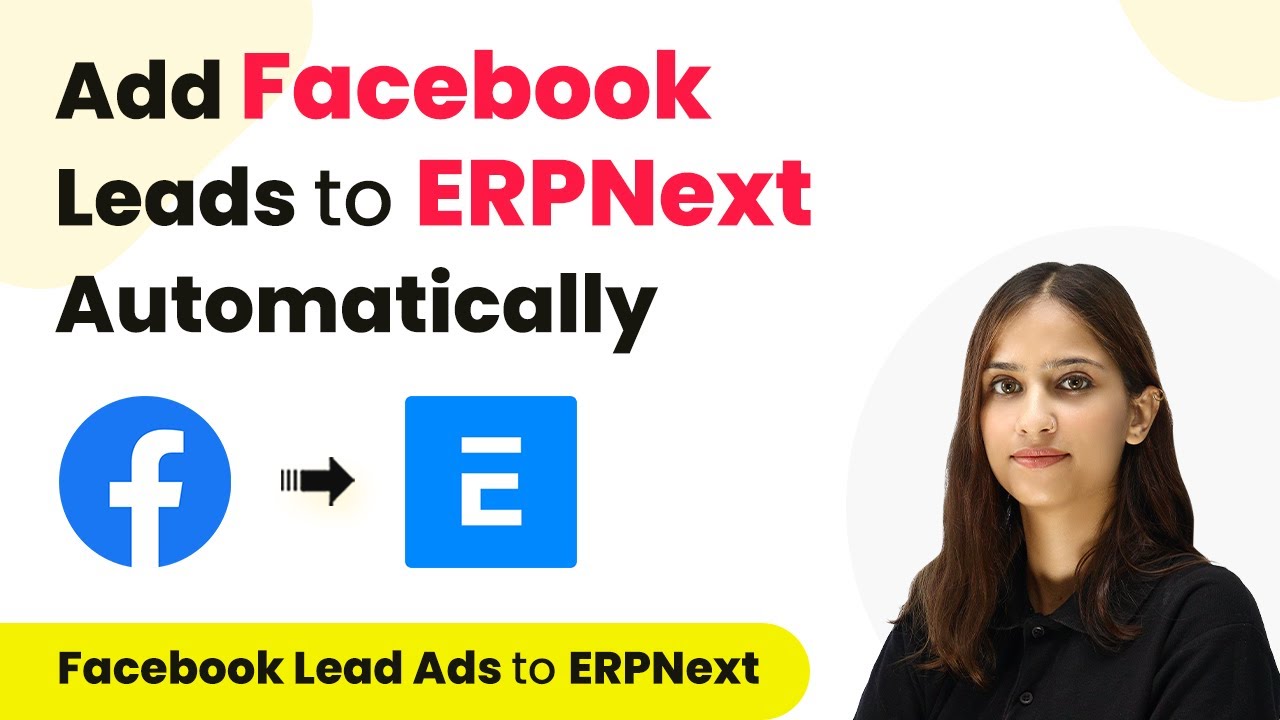Learn how to automate sending WhatsApp messages to Facebook leads for your plywood business using Pabbly Connect. Follow this step-by-step tutorial for seamless integration. Transform complex automation concepts into accessible, actionable steps that eliminate unnecessary manual work while maximizing existing application capabilities.
Watch Step By Step Video Tutorial Below
1. Accessing Pabbly Connect for Automation
To send WhatsApp messages to Facebook leads for your plywood business, you need to access Pabbly Connect. Start by visiting the Pabbly Connect website and sign in or sign up if you are a new user. This platform allows you to automate workflows between applications seamlessly.
Once logged in, you will see the dashboard where you can create workflows. Click on the ‘Create Workflow’ button to begin setting up your integration. This is crucial for automating the messaging process whenever a new lead is generated from your Facebook ads.
2. Creating a Workflow in Pabbly Connect
In this section, you will create a workflow in Pabbly Connect to connect Facebook Lead Ads with WhatsApp. Click on the ‘Create Workflow’ button and name your workflow, for example, ‘Wood Castle Plywood Facebook Lead to WhatsApp Message’.
- Select the folder where you want to save your workflow.
- Choose Facebook Lead Ads as your trigger application.
- Set the trigger event to ‘New Lead Instant’.
After setting this up, click on the ‘Create’ button. This action will initialize your workflow, allowing Pabbly Connect to capture leads as they come in from your Facebook ads.
3. Connecting Facebook Lead Ads to Pabbly Connect
Now, you will connect your Facebook Lead Ads to Pabbly Connect. After selecting the trigger application, click on the ‘Connect’ button. You will need to add a new connection to link your Facebook account.
Once connected, choose your Facebook page where your ad is running. Select the lead generation form you created, ensuring that it matches your ad. Click on ‘Save and Send Test Request’ to confirm the connection.
- Ensure you have a lead gen form ready in Facebook.
- Test the connection to ensure data is being captured correctly.
After testing, Pabbly Connect will show you the captured lead details, such as full name and email, confirming that the integration is successful.
4. Setting Up WhatsApp Cloud API in Pabbly Connect
Next, you need to set up the WhatsApp Cloud API in Pabbly Connect to send messages. Select WhatsApp Cloud API as your action application and choose the action event as ‘Send Template Message’. Click on the ‘Connect’ button and add a new connection.
For the connection, you will need the token, phone number ID, and WhatsApp business account ID from your WhatsApp Cloud API setup. Paste these details into the respective fields in Pabbly Connect.
Make sure you have created your WhatsApp Cloud API account on Meta. Copy and paste the required IDs accurately.
After entering the details, select the message template you created previously for your leads. This ensures that every new lead receives a personalized message automatically.
5. Testing the Integration with Pabbly Connect
Finally, to ensure everything works, you need to test the integration set up in Pabbly Connect. Go back to the Facebook Lead Ads testing tool and submit a new lead. Make sure to delete any previous leads to avoid conflicts.
After submitting the test lead, check your WhatsApp to see if the message arrives. If set up correctly, you should receive the automated message thanking the lead for their interest along with the offer details.
Ensure you are using the correct phone number for testing. Confirm that the message template is correctly formatted.
This test confirms that Pabbly Connect successfully automates the process of sending WhatsApp messages to your Facebook leads, enhancing your business efficiency.
Conclusion
In this tutorial, we covered how to use Pabbly Connect to send WhatsApp messages to Facebook leads for your plywood business. By automating this process, you can enhance customer engagement and streamline communication effectively.
Ensure you check out Pabbly Connect to create business automation workflows and reduce manual tasks. Pabbly Connect currently offer integration with 2,000+ applications.
- Check out Pabbly Connect – Automate your business workflows effortlessly!
- Sign Up Free – Start your journey with ease!
- 10,000+ Video Tutorials – Learn step by step!
- Join Pabbly Facebook Group – Connect with 21,000+ like minded people!
